In the News
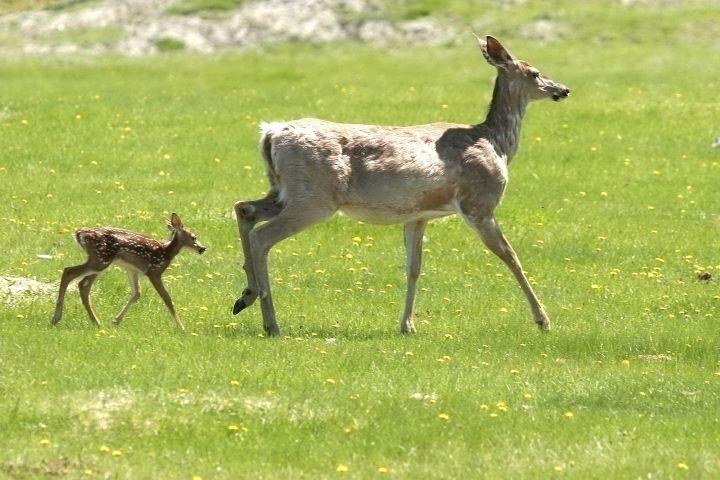
For Your Information
April 22, 2025
A recent study examines the challenge of determining the sample size needed to confidently declare a local wildlife population disease-free—an essential factor in effective disease surveillance and wildlife health management.

Blog
July 16, 2024
Although my job title is “data analyst,” only a fraction of my time at the Cornell Wildlife Health Lab is spent analyzing data. I help people understand how to turn data into useful information and build the tools to help them do so....
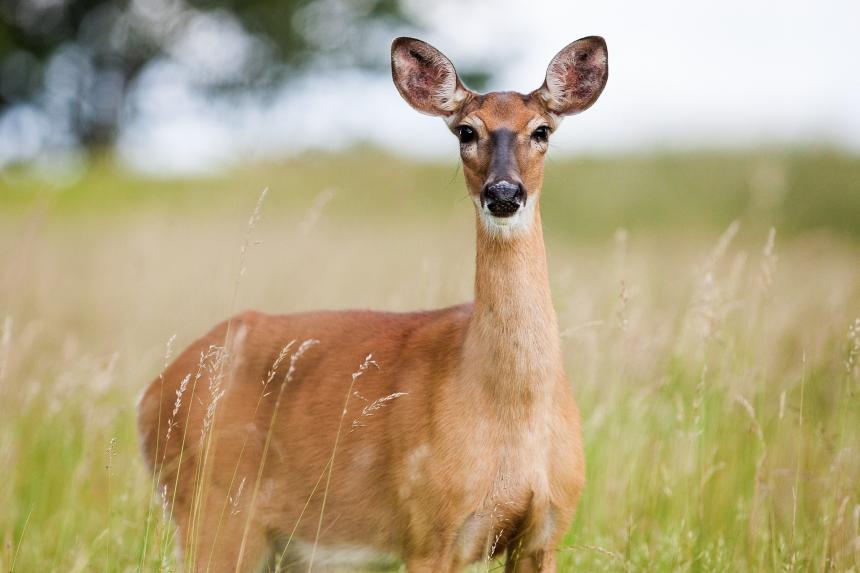
July 12, 2024
Experts from Cornell and across the nation developed a computer model along with a user-friendly app that predicts counties where wildlife managers should target their surveillance of chronic wasting disease in deer.
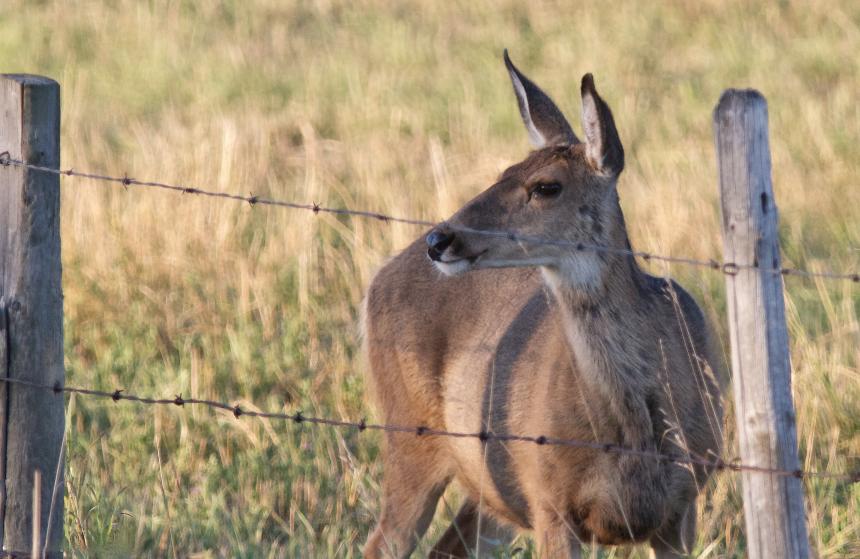
For Your Information
June 15, 2024
A collaborative team, including Cornell Wildlife Health Lab researchers, introduce a software program designed to enable agency personnel to make up-to-date, localized, data-driven predictions regarding the odds of chronic wasting disease detection in surrounding areas after an outbreak is discovered.
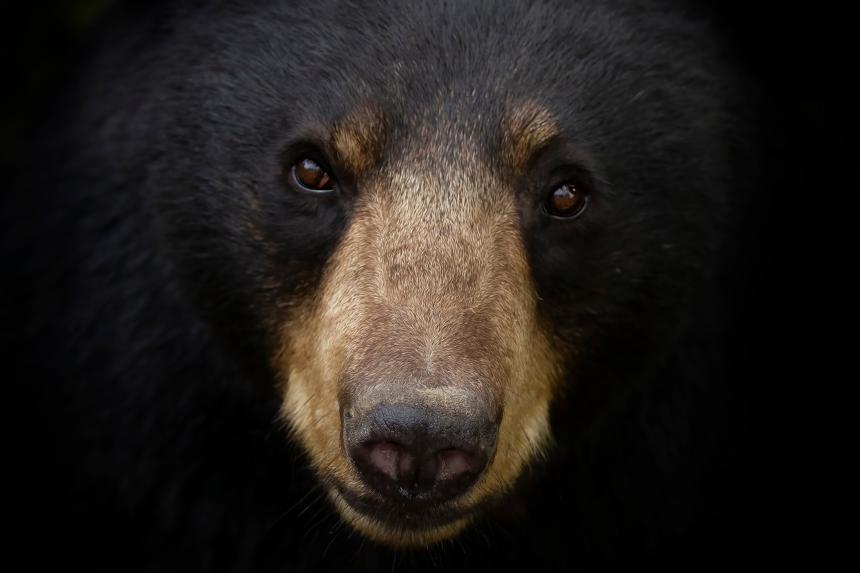
November 03, 2022
A new paper published by the Cornell Wildlife Health Lab team and partners describes the emergence of mange in New York State black bears.
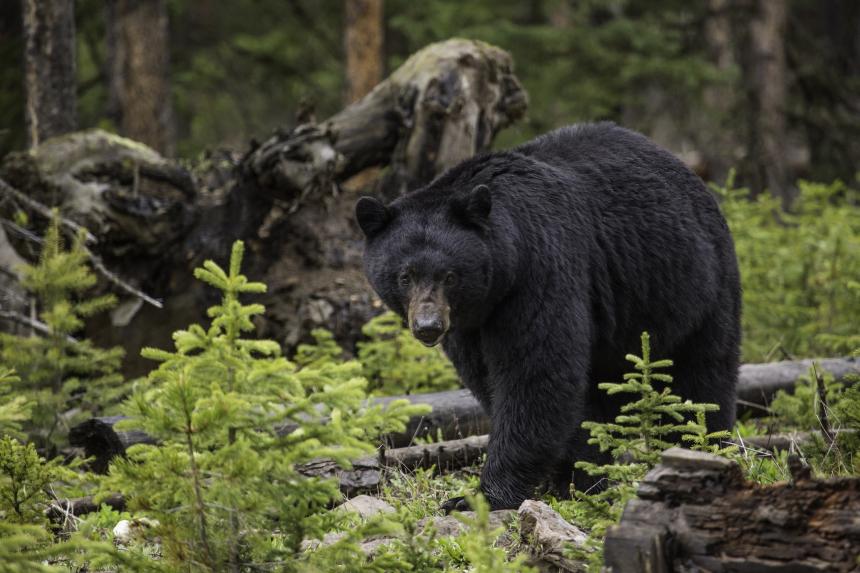
For Your Information
November 02, 2022
Mange is a parasitic skin disease found in free-ranging wildlife populations and has been increasingly reported in black bears over the last decade in New York State. This paper led by Cornell researchers describes the geographic, seasonal, and demographic factors associated with mange in NYS black bears.
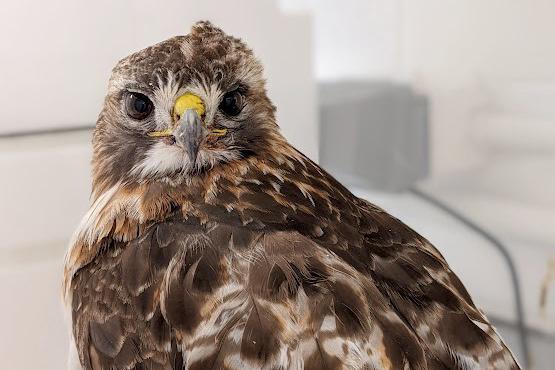
July 12, 2022
Birds of prey are in trouble, according to a recent study by Cornell researchers. Rodenticides are bad news for wildlife; poisoned rodents may not die immediately and are more likely to be eaten by raptors like red-tailed hawks, passing on the poison to them.
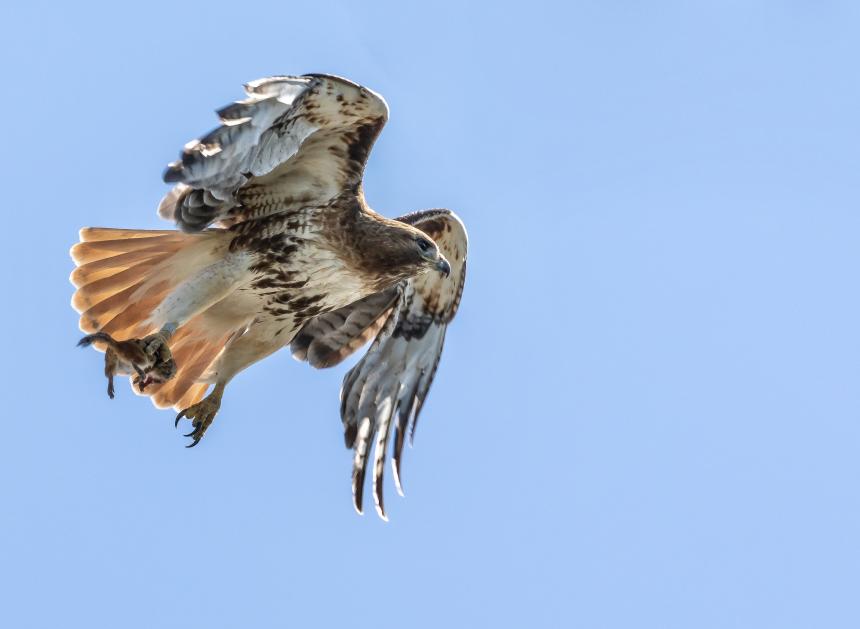
For Your Information
June 17, 2022
Anticoagulant rodenticides continue to be used across the U.S. as a method for controlling pest rodent species. As a consequence, wild birds of prey are exposed to these toxicants by eating poisoned prey items.
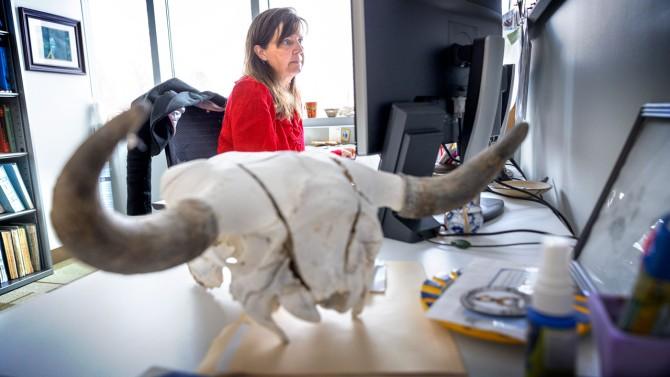
February 17, 2022
The New York State Wildlife Health Program is a key partnership between Cornell and the New York State Department of Environmental Conservation. The program coordinates responses when disease strikes New York’s wild animals and it helps prevent outbreaks, in domestic animals and people too, by translating data into policy.
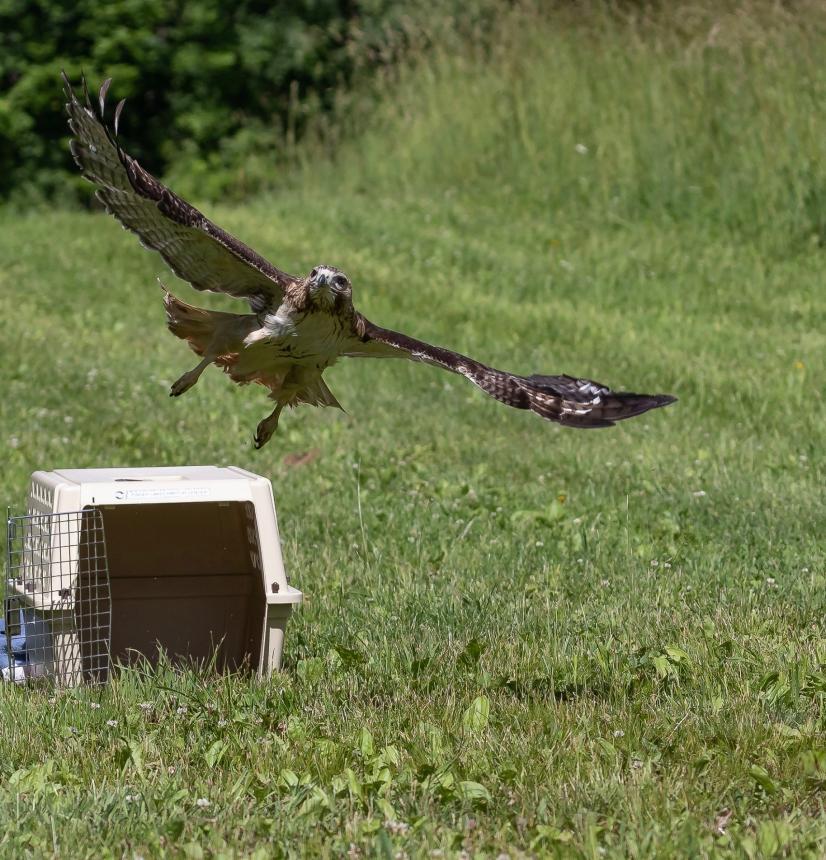
For Your Information
October 07, 2021
By analyzing case records, Cornell researchers helped clarify and quantify the causes for wildlife rehabilitation, species involved, and treatment outcomes.
